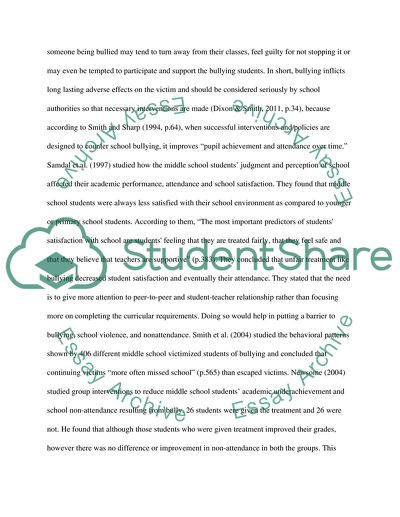Cite this document
(“The Effects of School Bullying on Middle School Students Attendance Dissertation”, n.d.)
Retrieved from https://studentshare.org/social-science/1576298-the-effects-of-bullying-on-middle-school-students-attendance
Retrieved from https://studentshare.org/social-science/1576298-the-effects-of-bullying-on-middle-school-students-attendance
(The Effects of School Bullying on Middle School Students Attendance Dissertation)
https://studentshare.org/social-science/1576298-the-effects-of-bullying-on-middle-school-students-attendance.
https://studentshare.org/social-science/1576298-the-effects-of-bullying-on-middle-school-students-attendance.
“The Effects of School Bullying on Middle School Students Attendance Dissertation”, n.d. https://studentshare.org/social-science/1576298-the-effects-of-bullying-on-middle-school-students-attendance.


